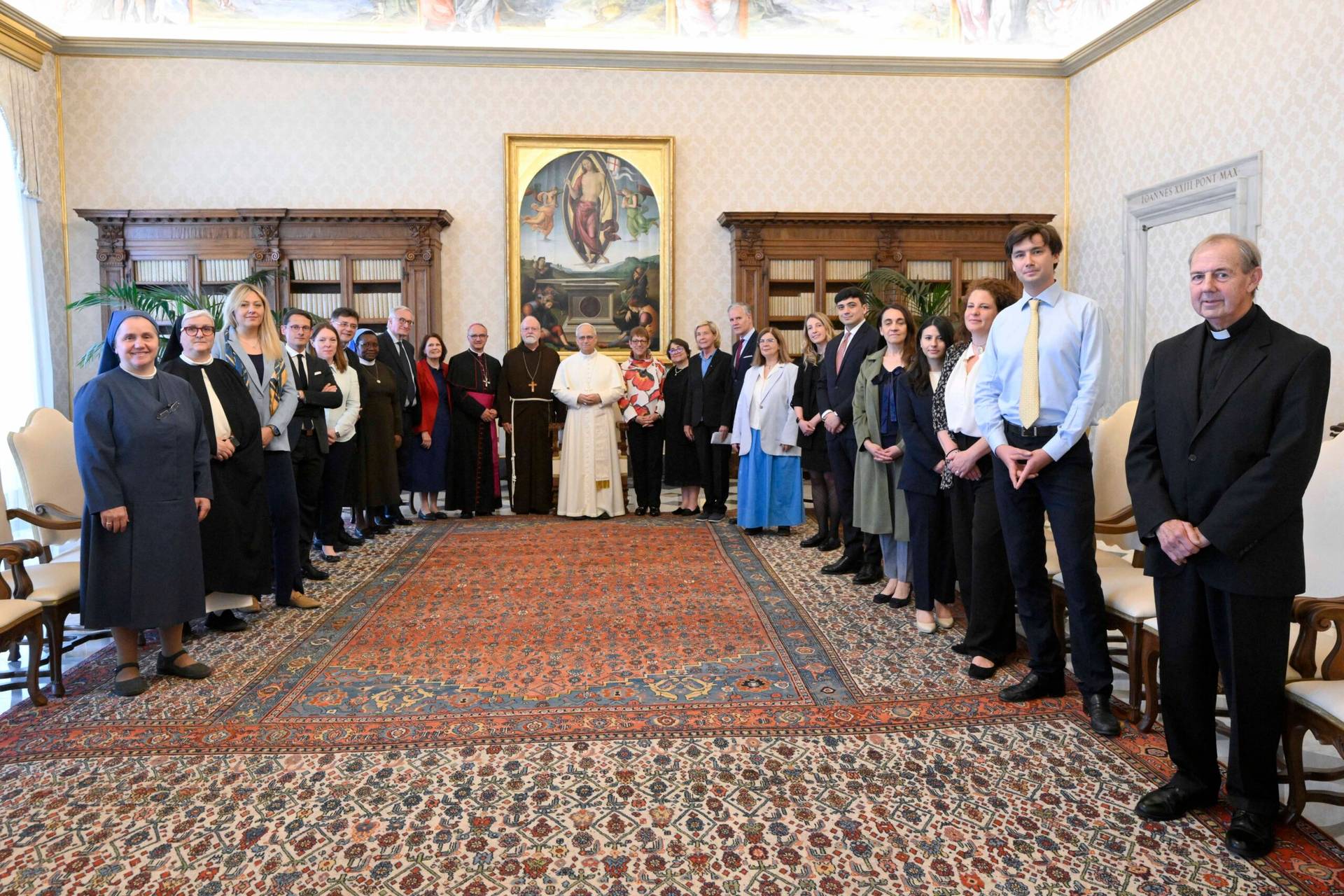ROME – Back in 2005, Italians were asked to vote on a referendum to liberalize laws on the use of IVF and other assisted reproduction technologies. It came right after the election of Pope Benedict XVI, and it was spun in the local media as the first skirmish in his wider war against a “dictatorship of relativism.”
Under the powerful Cardinal Camillo Ruini, then still the Vicar of Rome and president of the bishops’ conference, the Italian Church mobilized at all levels to persuade voters to stay home, thus preventing the required quorum of 50 percent and invalidating the referendum.
Backers of liberalization did what they could to appeal to Catholic sensibilities. Probably the most creative poster in the campaign showed an image of St. Joseph and the Holy Family, with the slogan: “Even if he’s not the biological father, what difference does it make?” Yet in the end only 26 percent of voters turned out, and the result was hailed as a major victory for Benedict, Ruini and the Catholic Church.
At the time I recall finding that hype overblown, since convincing Italians to skip a civic duty has never been terribly difficult. In fact, since 1997 there have been eight referenda in Italy and only one, a 2011 vote to block the adoption of nuclear power, actually drew a quorum. (It passed.)
This chapter in Catholics sitting things out comes to mind in light of an interesting comment from a colleague and friend of mine, Giovanni Tridente of Rome’s Santa Croce University, about the “Catholic vote” in the country.
When Italians were last called to the polls in late May to vote for the European Parliament, the hard-right populist leader Matteo Salvini was the big winner, finishing first with 34 percent. Polls found Salvini was also the top vote-getter among Catholics who attend Mass once a week, garnering 33 percent – in other words, more or less the same result as the general population.
The outcome generated no small amount of hand-wringing within Catholic officialdom, who wondered how Salvini had done so well in the pews despite the fact that he routinely clashes with the pope and the bishops on immigration, and that his ostentatious displays of religious symbols during campaign rallies (prominently featuring a rosary of the Madonna of Medjugorje) had drawn wide ecclesiastical censure.
Tridente, however, focused on a different bit of data.
As he sees it, the most important result was that 52 percent of weekly Mass-goers didn’t bother voting at all. As Tridente re-ran the numbers, Salvini actually only got about 16 percent from practicing Catholics, because half didn’t take part.
“This might explain why many among the so-called ‘pure’ Catholics who’ve professed themselves ‘winners’ this time can’t stop showing obvious signs of nervousness, taking it out on ‘the hierarchy,’” Tridente wrote on his blog.
“Could it be that the real word for these results, unfortunately, is (Catholic) irrelevance?”
One wonders what difference it might have made had all those practicing Catholics cast ballots.
On the one hand, anyone who shows up at Mass every Sunday here probably is more exposed to the establishment Catholic take on things, which is hardly friendly to Salvini. On the other, research also shows weekly Mass-goers in Italy are older, less secularized, more rural and more likely to get their information from TV – all hallmarks of Salvini’s base, or of any populist movement appealing to national and religious identity.
In other words, it’s anyone’s guess what might happen.
Tridente told me he believes this unpredictability is a reflection of the “liquid” era in which we live – “gaseous,” to use Pope Francis’s term – rendering the old left/right distinctions increasingly passé, in which people can hold together all sorts of apparently irreconcilable positions.
“All this is exciting for those who want to be protagonists, as laity, of this new historical phase of the Church,” Tridente said, “getting their hands dirty with people’s concrete lives, and not through textbook didactic formula.”
For Americans, this is intriguing given the debate in our country too over the “Catholic vote.”
Depending on who’s breaking things down, the “Catholic vote” in America is either a critically important swing constituency or basically a myth, like the Loch Ness monster or the Chupacabra. Some say even a few points difference in Catholic voting can influence elections, while others say Catholics are shaped by their politics rather than their religion in the ballot box and thus there is no “Catholic vote” at all.
In truth, turnout is a crucial variable in the U.S. too.
In 2016, just 55 percent of eligible voters cast ballots, and the situation isn’t much different among the roughly 25 percent of American Catholics who attend Mass once a week. It’s hard to say what difference it would have made had all those Mass-goers showed up, but perhaps their absence should be telling us something about the failure to provide potential Catholic voters a roadmap to relevance.
In other words, Tridente’s question could apply to the U.S. just as easily as Italy: Is it possible that the real word for the Catholic vote in America too is self-imposed “irrelevance” – and that imagining a new Catholic approach to politics in a “gaseous” era, one less reliant on a priori prescriptions and which actually inspires people to get involved, is our challenge too?
Follow John Allen on Twitter: @JohnLAllenJr
Crux is dedicated to smart, wired and independent reporting on the Vatican and worldwide Catholic Church. That kind of reporting doesn’t come cheap, and we need your support. You can help Crux by giving a small amount monthly, or with a onetime gift. Please remember, Crux is a for-profit organization, so contributions are not tax-deductible.
















